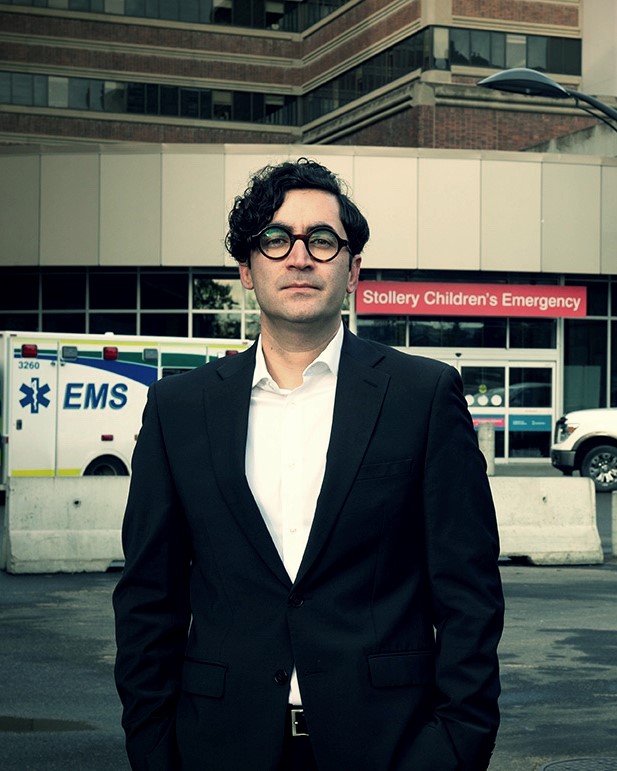Does What Happens in the ED Stay in the ED?
Does What Happens in the ED Stay in the ED? The Effects of Emergency Department Physician Workload on Post-ED Care Use
Abstract:
We study the effects of emergency department (ED) physician workload on healthcare system utilization after the patient leaves the ED. Further, we explore the mediating effects of care intensity in the ED on post-ED care use. Academic/practical relevance: ED crowding has been a pressing concern in healthcare systems in the United States and other developed countries. As such, many researchers have studied its effects on outcomes within the ED. In contrast, we present novel results regarding the impacts of ED crowding on system performance outside the ED—specifically, on post-ED care utilization. Methodology: We utilize a data set assembled from more than four years of microdata from a large U.S. hospital and exhaustive billing data in an integrated health system. We use count models and instrumental variable analyses to answer the proposed research questions. Results: We find that there is an increasing concave relationship between ED physician workload and post-ED care use. When ED workload increases from its fifth percentile to the median, the number of post-discharge care events (i.e., medical services) for patients who are discharged home from the ED increases by 5%, and it is stable afterward. Further, we identify physician test-ordering behavior as a mechanism for this effect; when the physician is busier, she responds by ordering more tests for less severe patients. We document that this “extra” testing generates “extra” post-ED care utilization for these patients. Managerial implications: This paper contributes new insights on how physician and patient behaviors under ED crowding impact a previously unstudied system performance measure: post-ED care utilization. Our findings suggest that prior studies estimating the cost of ED crowding underestimate the true effect, as they do not consider the “extra” post-ED care utilization.
Find out more in the atricle, Does What Happens in the ED Stay in the ED? The Effects of Emergency Department Physician Workload on Post-ED Care Use, co-authored by Mohamad Soltani and published in the Manufactoring & Service Operations Management journal.

Photo: Shaughn Butts, Edmonton Journal
Mohamad Soltani is an Assistant Professor of Operations Management in the Department of Accounting and Business Analytics at the Alberta School of Business. He also holds an Honorary Fellow appointment with the Department of Emergency Medicine at the University of Wisconsin-Madison School of Medicine and Public Health.
His research interests lie in the empirical analysis of service operations, with a focus on healthcare operations. In particular, he employs data-driven approaches to uncover latent interactions between healthcare policy makers, service providers, and patients in order to provide a system perspective of health care delivery that ultimately impacts efficiency of services and quality of care. Mohamad's research has been published in prestigious academic journals such as Manufacturing & Service Operations Management (M&SOM). The Production and Operations Management Society (POMS) College of Healthcare Operations Management awarded him its Best Paper Award in 2020, and his research was a runner-up at the POMS College of Behavioral Operations Management Junior Scholar Paper Competition in 2022. Mohamad has appeared in various media outlets including CBC, Global News, CTV, and Edmonton Journal.
Mohamad received his PhD in Operations Management from the Wisconsin School of Business at the University of Wisconsin-Madison. He also holds Master of Science and Bachelor of Science degrees in Industrial Engineering from Amirkabir University of Technology (Tehran Polytechnic) and Isfahan University of Technology, both in Iran.
He teaches Predictive Business Analytics and Operations Management at the Alberta School of Business.
